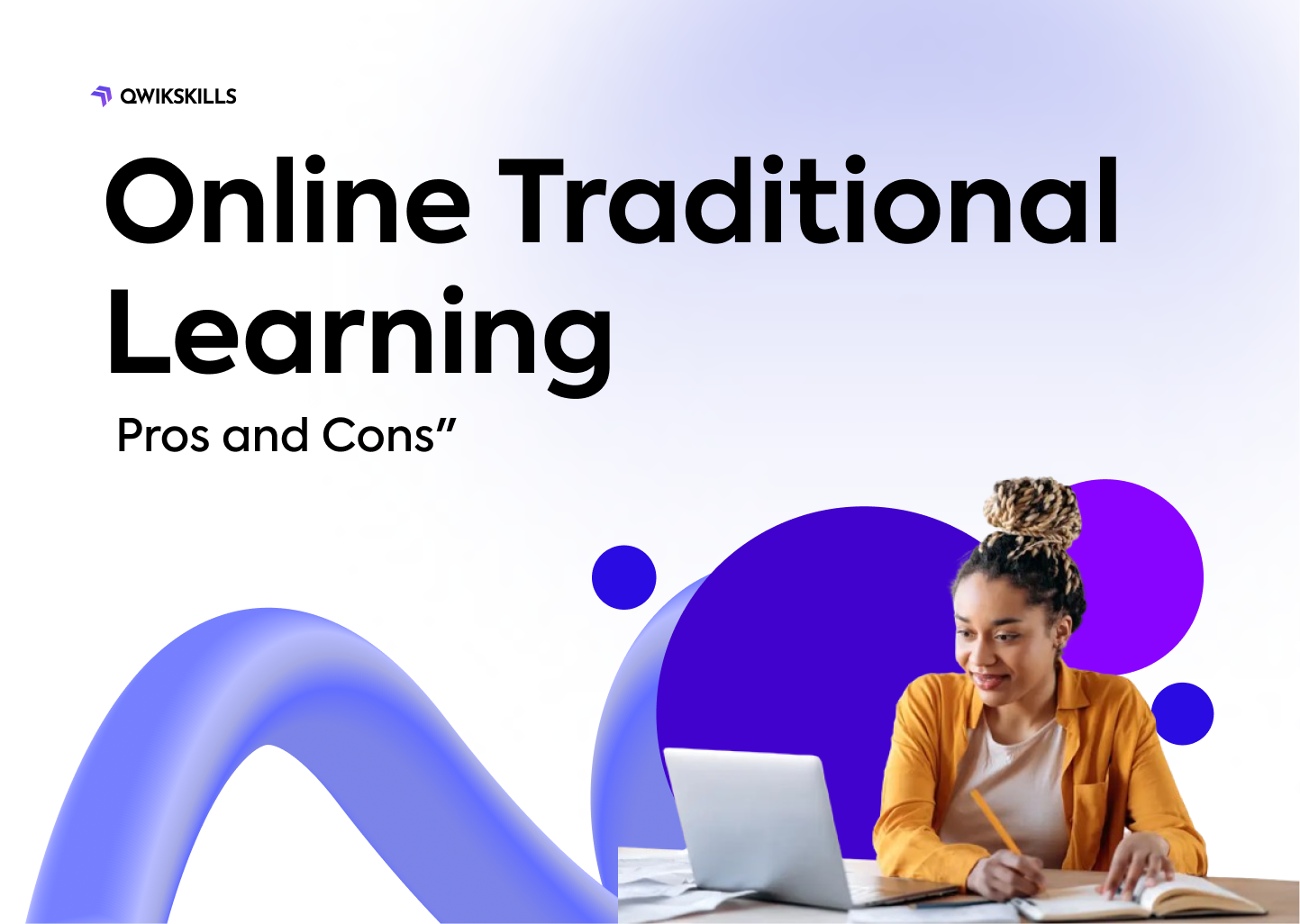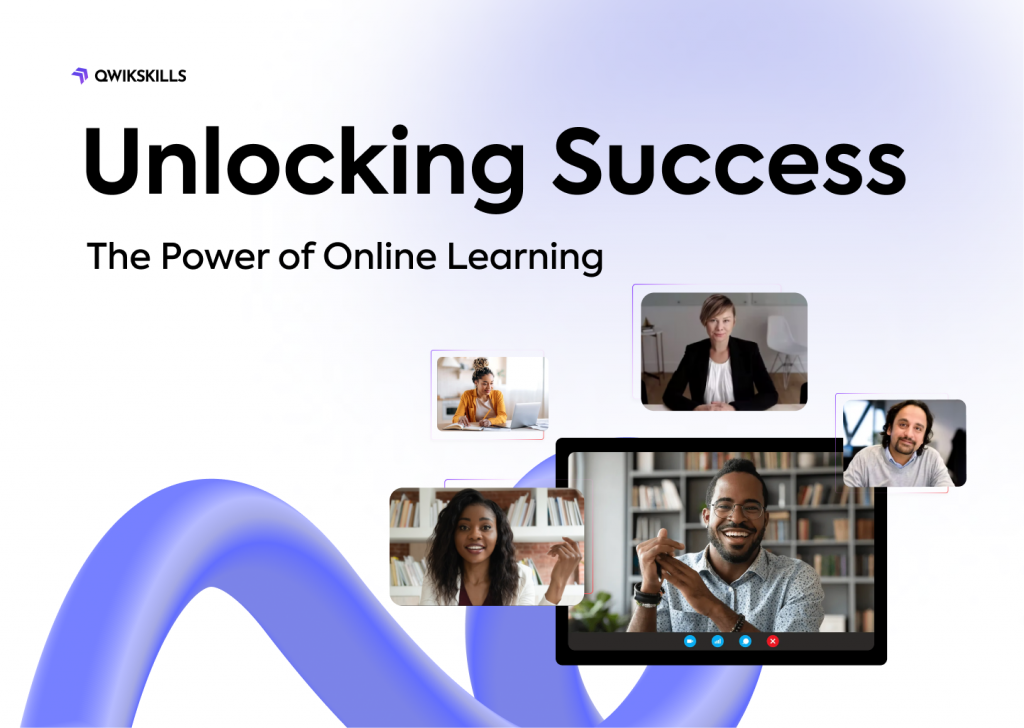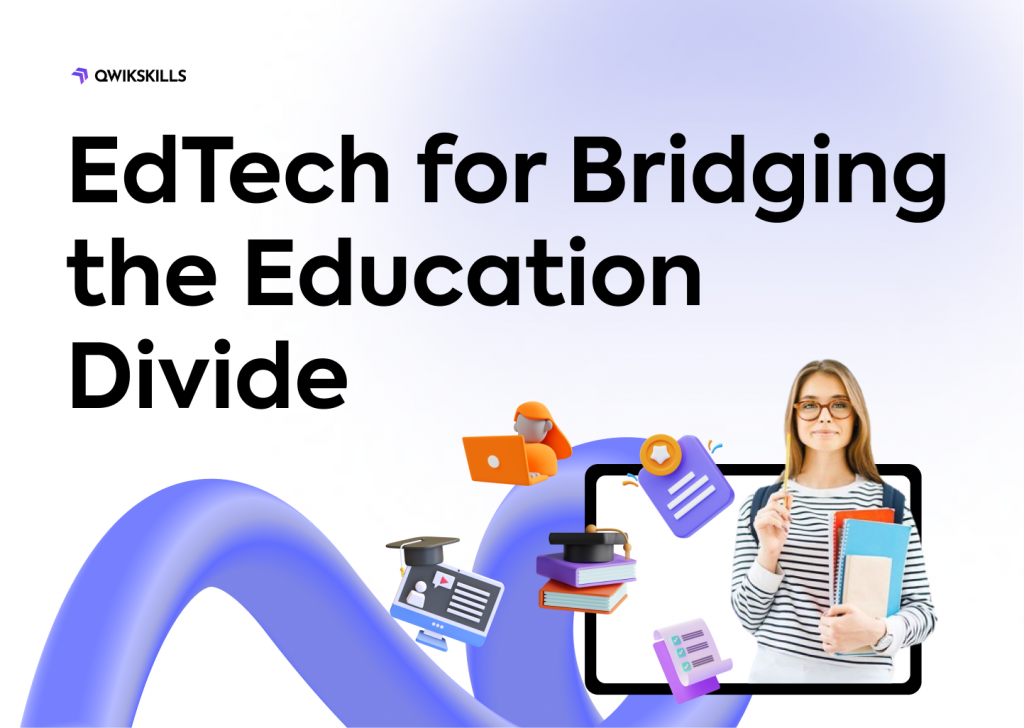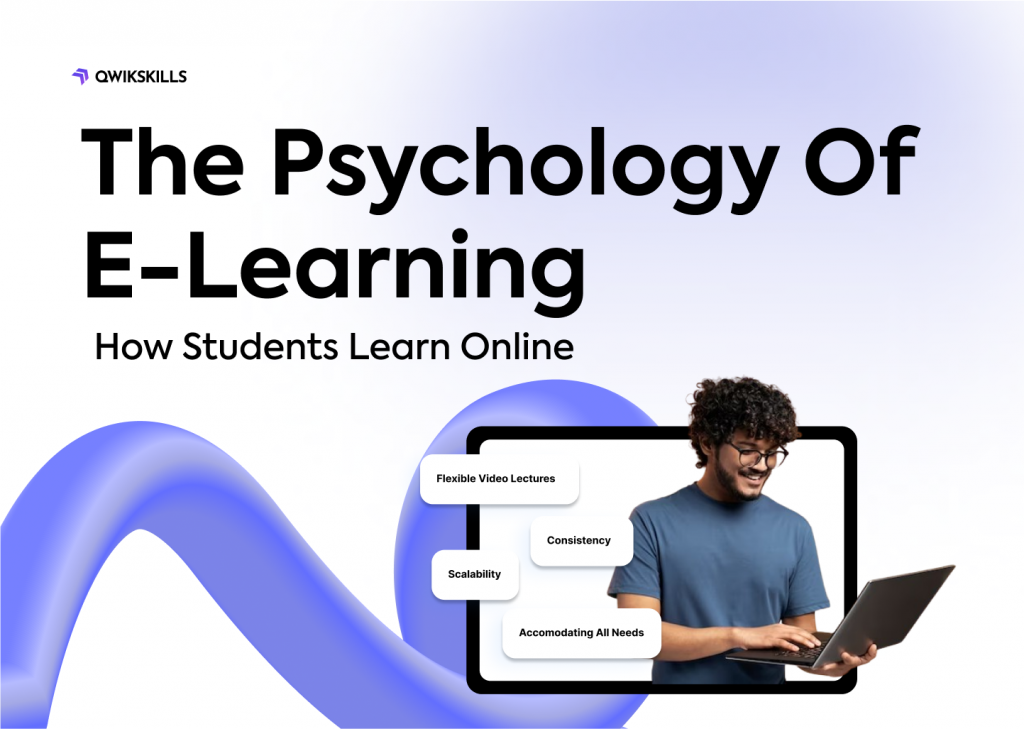Traditional learning has long been the standard in education, but in today’s fast-paced, technology-driven world, a new player has emerged on the scene – online traditional learning. But, what exactly is online traditional learning and why is it becoming so popular?
Definition of Online Traditional Learning
Online traditional learning, also known as distance education, refers to the practice of taking courses or earning degrees via the Internet. It doesn’t differ much in content or teaching methods compared to the traditional classroom setup. The only major difference is that student and teacher interactions take place virtually. Features may include live video lectures, forums for discussion, and virtual study resources.
Increasing Popularity of Online Learning Method
Online traditional learning is gaining traction due to various reasons. They include flexibility in schedules, accessibility from any location, and the opportunity to learn at one’s own pace. Additionally, this learning approach can remove geographic barriers, allowing students to access quality education no matter where they are in the world.
Advantages of Online Traditional Learning
Online learning comes with distinct advantages that can make it an appealing choice for many students. Let’s break down some of its best features.
Flexibility in Scheduling
One of the biggest pros of online learning is its flexibility. No longer are you bound to a fixed timetable. You can study whenever suits you best, whether it’s early in the morning or late at night. This makes juggling your education with other responsibilities like work, family, and hobbies much more manageable. Those of you who are night owls or early birds can shape your learning around your natural rhythms.
Access to a Wide Range of Courses and Programs
With online learning, your educational options are almost unlimited. Regardless of where you live, your degree of choice is accessible at your fingertips. Traditional, niche or specialized courses are all available to you. This not only gives you a wealth of knowledge to tap into but also allows you the chance to follow your passions, explore new interests and gain qualifications in areas that might be unavailable in your local area.
Disadvantages of Online Traditional Learning
While online traditional learning does serve an important purpose, like anything else, it is not without its challenges.
Lack of face-to-face interaction
One of the significant downsides to online learning is the absence of face-to-face interaction. Sure, it can be more convenient to study from home, but it also means less direct human connection and fewer opportunities for group work and discussion. The lack of spontaneous conversation can impact a student’s ability to process and understand new information. Essentially, the classroom environment fosters a sense of community that’s often missed in an online setting.
– No real-time feedback
– Limited peer-to-peer interaction
– Less dynamic learning environment
Limited access to resources and facilities
Another drawback of online traditional learning is the limited access to certain resources and facilities. Traditional on-campus students enjoy the luxury of immediate access to library resources, computer equipment, and laboratories, all of which may be harder to access or utilize effectively online.
– Sparse access to library resources
– Restricted access to physical training facilities
– Lack of practical hands-on experience with lab equipment
Despite the challenges, online traditional learning can be enormously beneficial and efficient, but it is essential to weigh these disadvantages when considering it for your educational journey.
Benefits of Traditional Education
Traditional education has been a timeless medium of learning, practised over centuries. Let’s explore some of the main advantages of this mode of education.
Personalized Guidance and Support from Instructors
One major advantage of traditional education is the personalized guidance students receive from their instructors. There’s an in-person interaction that allows students to ask any queries on the spot, and receive an immediate answer. Instructors can gauge a student’s understanding during the class, and effectively adjust the instruction pace. Indirect benefits include personalized advice, mentorship, and real-time feedback which online platforms often struggle to replicate.
Social Interaction and Networking Opportunities
Another significant benefit is the avenue for social interaction and networking. A traditional classroom promotes friendships, teamwork, conflict resolution, and interpersonal skills through group assignments. It provides an environment for discussions, debates, and public speaking; thereby enhancing communications skills. These are invaluable experiences that distance education might not be able to provide. Not to forget, the networking opportunities in an academic setting may translate into future career connections. Therefore, traditional education fosters a holistic development beyond just academic growth.
– Personalized guidance and feedback
– Greater understanding through real-time interaction
– Development of interpersonal skills
– Networking opportunities for future career prospects
Drawbacks of Traditional Education
Traditional education, while it has its merits, has certain limitations that one cannot ignore. Let’s have a deeper look into those drawbacks.
Rigidity in scheduling and limited flexibility
One of the significant drawbacks of traditional education is its rigidity in scheduling. Students are bound to a strict timetable, leaving little room for flexibility. This can make it difficult for those who need to juggle work and studies or simply wish to learn at their own pace.
• For children, this means attending school five days a week from morning to afternoon, often with limited choice on which classes to take and when.
• For adults pursuing continuing education, the inability to fit classes around a work schedule can be a significant hurdle.
Higher costs associated with on-campus learning
Traditional education often comes with a hefty price tag. Besides tuition fees, expenses such as housing, meals, commuting, books, and additional materials can put a burning hole in your pocket. On-campus learning is undoubtedly a pricy commitment that can pose substantial financial strains on students and families.
• On average, students spend several thousands of dollars per year for their education, a figure that doesn’t include housing and extras.
• Whereas, online classes often charge only for the coursework, making them a more affordable choice.
Online Learning vs. Traditional Education
In today’s digital era, the landscape of education is transforming rapidly. One hot topic is the comparative efficacy of online traditional learning and traditional education. Let’s explore them in more detail below.
Cost-effectiveness comparison
When analyzing cost, online traditional learning is typically more affordable. With no commute costs or accommodation needs, it’s economically friendlier to your wallet. It also allows you to comfortably study from home, saving you valuable time. Conversely, traditional education often includes expenses such as transportation, housing, and possibly higher tuition fees.
• Online traditional learning: Lower cost in tuition, eliminates commute expenses and dormitory fees.
• Traditional education: Higher tuition fees, including additional commuting and housing costs.
Online learning outcomes and effectiveness comparison
There’s no definitive winner when it comes to learning outcomes. A lot depends on a learner’s style and preference for the learning environment. Some might thrive in a physical classroom, while others excel in the virtual sphere. On one hand, traditional education allows face-to-face interaction, and immediate query resolution and fosters interpersonal skills. On the other hand, online learning provides flexibility and can be tailor-made to the learner’s pace.
• Traditional education: Immediate clarification of queries, face-to-face interactions, and cultivation of interpersonal skills.
• Online learning: Flexibility, customizable pacing, digital literacy enhancement.
Conclusion
There’s no one-size-fits-all answer when it comes to choosing between online and traditional learning. Each person has different preferences, needs, and goals. Therefore, consider the pros and cons of each method carefully before making your decision. Ultimately, the choice depends on what fits you best and aligns with your lifestyle, career goals, and learning style.
Make your decision not because of convenience alone but based on what will contribute to your growth and development as a learner and as a future professional. To begin your journey in online learning, explore a wide array of courses at QwikSkills.




